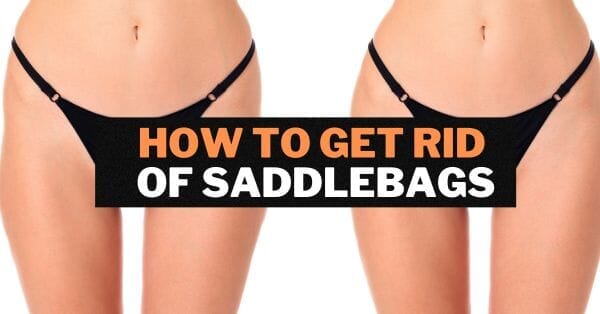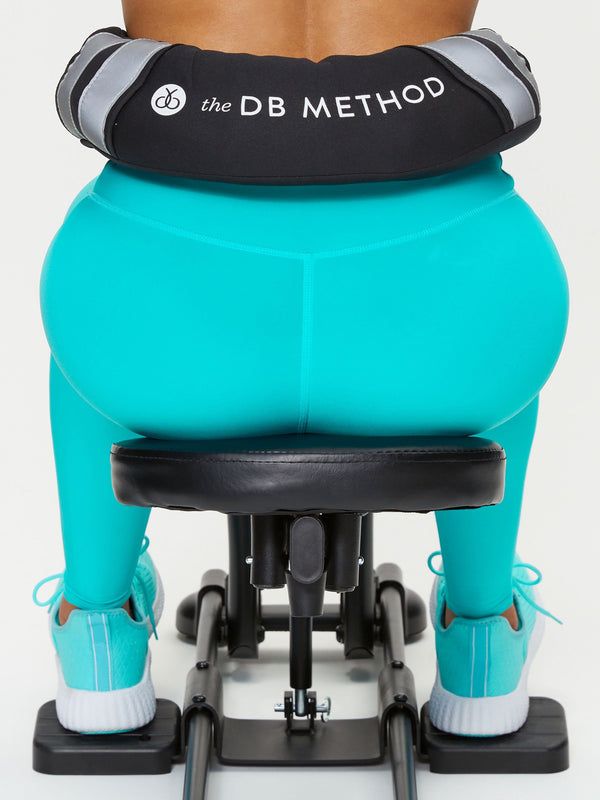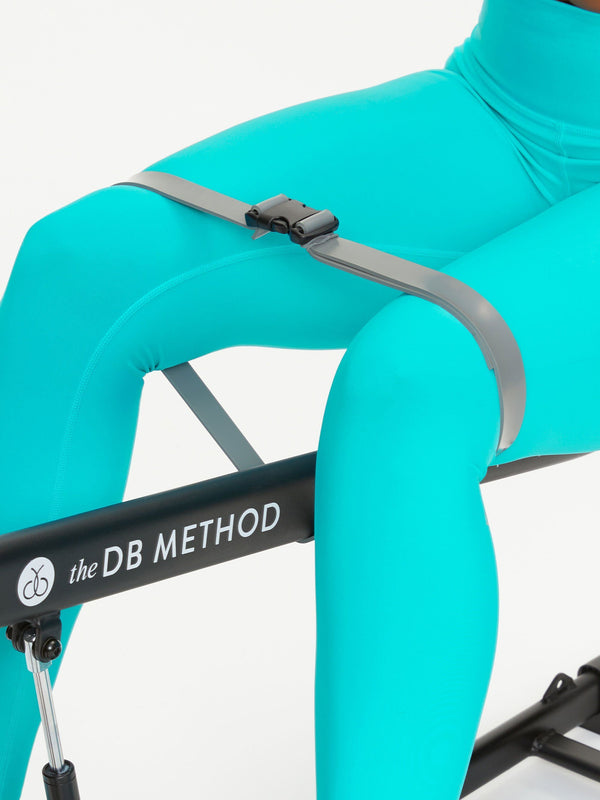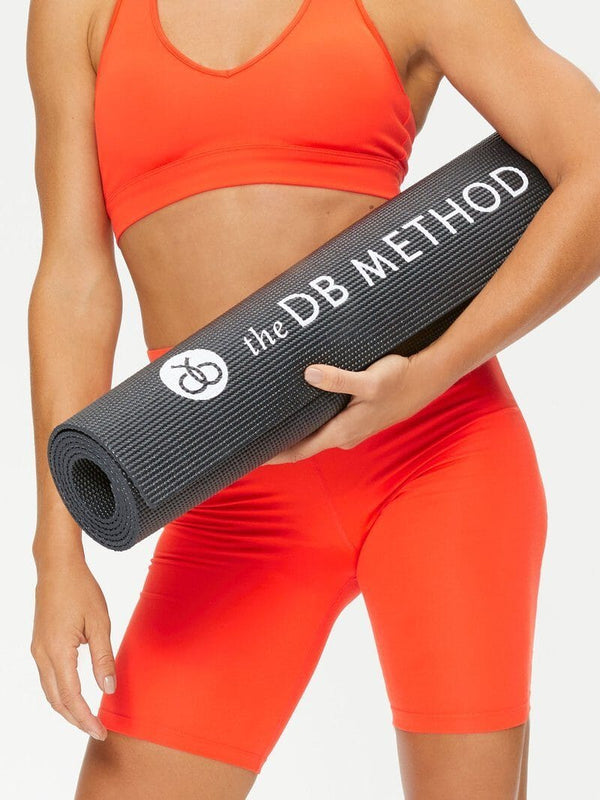Saddlebags are more common than you think, and are not caused by any one thing you are doing. But good news, they can be reduced and diminished by knowing the cause. Genetics, weight gain, aging, or sitting too long, but instead of looking for the cause, lets focus on a solution. This starts with some minor lifestyle changes including eating some of the right foods to aid in digestion, and modifying some of the exercises in your routines.
If you’re ready to say goodbye to those unwanted curves, and hello to a more toned and streamlined lower body, let’s “pack those bags” and “set them riding into the sunset!”
The first step is to learn what saddlebags are and why they appear, especially on women.
What Are Saddlebags?
Saddlebags are pockets of excess fat that typically accumulate around the hips and thighs, especially in the area just below the buttocks where the back of the thigh meets the glutes. This region may appear less toned than the surrounding muscles, even if you focus your exercise routine on them, which can create the illusion of a bulge or bump. While saddlebags do not pose significant health risks, they can sometimes cause feelings of self-consciousness which is likely why you’re here.
And these thigh bulges are more common for women with pear-shaped figures. Women have a broader pelvis than men, and this is why more women get saddlebags than men. Pear shapes also tend to accumulate saddlebags more frequently because the shape is caused by estrogen dominance, another trait more women have than men. (source)
Estrogen also can cause fat accumulation in both the abdominal and thigh areas too. This problem is mainly attributed to genetics because your genetic makeup primarily determines your body fat distribution. (source).
And these are the reasons you are likely seeing saddlebags form. It may not be that you’re eating wrong or working out the wrong way, it is a combination of genetics, age and lifestyle choices. So let's jump into the causes of them and learn how to put the odds in our favor to get rid of saddlebags once and for all!
The Causes Of Saddlebags
Hormone Imbalance
Estrogen levels can fluctuate with life changes like puberty, menstruation, pregnancy, childbirth, and menopause. Even if you do not have excess fat deposits across the other areas of your body, you may still develop hip and thigh curves (or the ones you have will get larger) if your estrogen levels are higher than expected or out of balance (source).
While estrogen is a hormone primarily associated with female reproductive health, it also stimulates the growth of fat cells. This is why some women may experience weight gain in the hips and thighs during pregnancy or other times when their estrogen levels are elevated (source).
Genetics
If the women in your family all have saddlebags, then there is a high chance that you will have them too. Genetics is a factor that predetermines the areas in our body that are more likely to store fat, and you are also more likely to suffer from these curves if many women in your family are prone to having ‘pear-shaped’ physiques (source).
Lifestyle Choices
Processed and junk foods are high in calories, but lack nutrients which can contribute significantly to weight gain. The combination of empty calories, overeating, and excessive calorie consumption in general results in weight gain and fat accumulation in areas like the thighs (source). And if you’re not offsetting the intake with calorie burning exercises, you’re going to be seeing a larger accumulation.
The area where your glutes and upper hamstrings meet can become flabby when the muscles in the lower back and butt aren’t regularly used. A good example is sitting at a desk for prolonged periods while you work. It makes it easier for fat to accumulate in the surrounding tissues which magnify the appearance of lower body bulges. You may want to try a standing desk as an alternative and take breaks to do squats and kickbacks (if there’s nobody behind you) to get some thigh toning exercises in.
Eating well and exercising is your best bet to reduce fat in the outer thigh area. This can be achieved gradually through small changes over time rather than trying to do everything simultaneously. The most important thing is to stick with it. Because saddlebags are part genetics and part lifestyle, consistency is the key to fighting them off.
Change Your Diet
To help slim down your hips, try incorporating fiber-rich foods like wheat, quinoa, brown rice, and bran bread. These foods take longer to digest, so you'll feel full longer and less likely to snack (source). Lean proteins like fish, eggs, and nuts can help you lose fat and maintain a healthy weight (source).
Switching to whole foods with lower processing, and reduced calorie intake is a key factor in shrinking those stubborn saddlebags (source). Eating a low-sugar diet will reduce inflammation (source), helping to make your hips and thighs look slimmer over time.
Changing your diet and reducing your calorie intake can be a long-term game-changer in reducing weight across all areas of your body, not just your thighs. You cannot control your genetics, but you can control what you eat.
Get Enough Sleep
Getting enough sleep is essential for regulating your hormones and keeping your cortisol levels in check. It's easier to maintain a healthy weight and decrease body fat when your hormones are balanced, and your cortisol levels are lower (source). Getting enough sleep can also help reduce your appetite and cravings which makes you less likely to eat extra calories (source).
Increase Your Water Intake
Drinking enough water can help reduce your appetite and make you feel fuller (source). It also helps with healthy digestion which reduces bloating. When you're bloated, those hip and thigh curves can look even more noticeable.
Exercise
Combine cardiovascular activities like running or walking with bodyweight exercises and resistance training to boost the size and strength of your glutes and hamstrings. Assuming your genetics allow for it. Increasing your muscle mass in the thigh region may help to increase your body's calorie-burning capacity, and work with your diet to help stop saddlebags from forming.
And it’s easy to get started when you have the right movements.
5 Exercises to Get Rid of Saddlebags
Side Saddle Leg Lifts
Side saddle leg lifts reduce the appearance of outer thigh bulges by targeting and toning the muscles in your outer thighs and hips. You tone and strengthen these muscles as you lift your top leg and hold that position.
- Lie on your side with your legs straight, and your bottom arm extended above your head.
- Place your top hand on the floor in front of your chest for support.
- Raise your top leg as high as you can while keeping it straight.
- Hold the lifted position for a few seconds, then slowly lower your leg.
- Repeat for several reps, then switch sides and repeat the exercise with your other leg.
Bodyweight Squats
Your glutes and outer thighs work hard to stabilize and control your body as you lower yourself and rise back up. As these muscles become stronger, you may notice a more toned and streamlined lower body appearance.
- Stand with your feet hip-width apart and your arms at your sides.
- While keeping your chest forward, extend your butt outwards and begin bending your knees to a 90 degree angle.
- Rise back up while keeping your face looking forward, chest up, and return to the starting position.
If you're having trouble feeling this movement in your glutes, try a glute-focused squat machine like ours. A glute focused squat machine will train your body and muscles to do the squat movement correctly for more consistent results. Not to mention hold proper squat form.
Step-Ups
The motion of stepping up targets your quads, hamstrings, and glutes. Step-ups will tone and shape your lower body reducing the appearance of lower body bulges.
- Stand in front of a bench, step, or sturdy elevated platform.
- Place one foot on top of the step, ensuring your entire foot is firmly planted on the surface.
- Push through your heel and lift your body onto the step, bringing your other foot up to meet it.
- Step back down with the same foot you started with, then repeat the exercise with your other foot leading.
Side Lunges
Side lunges tone and strengthen your adductors and your glutes. Your adductors keep you stable and balanced when you step to the side, and working them helps to minimize the appearance of stubborn outer hip and thigh fat.
- Stand with your feet hip-width apart.
- Step your right foot out to the side.
- Lower yourself into a lunge by bending your right knee and keeping your left leg straight.
- Return to the starting position.
- Repeat on the left side.
Hip Dip on Side Plank
Lowering and lifting your hips during hip dips on side planks engage your glutes, hips, thighs, and obliques. By targeting and strengthening these muscles, hip dips on side plank tone and shape the area where saddlebags tend to appear.
- Begin in a side plank position, with your feet stacked on top of each other and your elbow or hand supporting your upper body.
- Lower your hips down towards the ground.
- Lift them towards the ceiling, squeezing your oblique muscles at the movement's top.
- Switch sides and repeat the exercise on your other side.
You can get rid of saddlebags, once you know the cause. It could be you’re at an age where you’re more prone, your genetics, and lifestyle habits like sitting for long periods of time. Now that you know the causes, you can take control and finally get rid of saddlebags once and for all.








